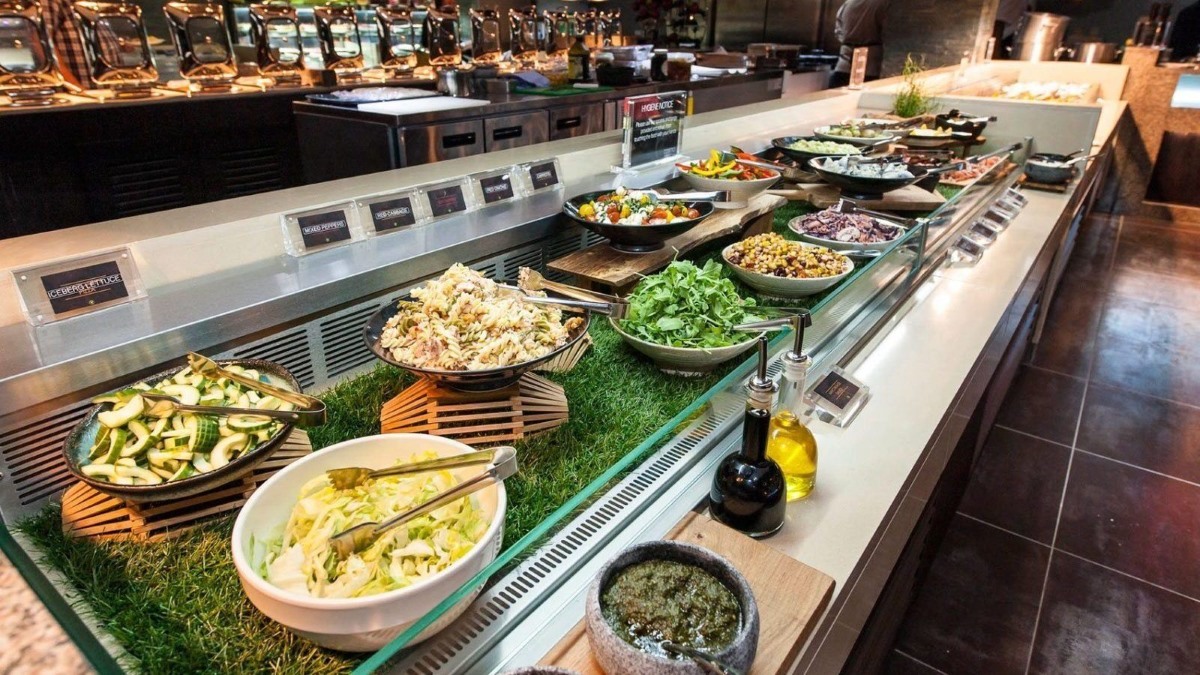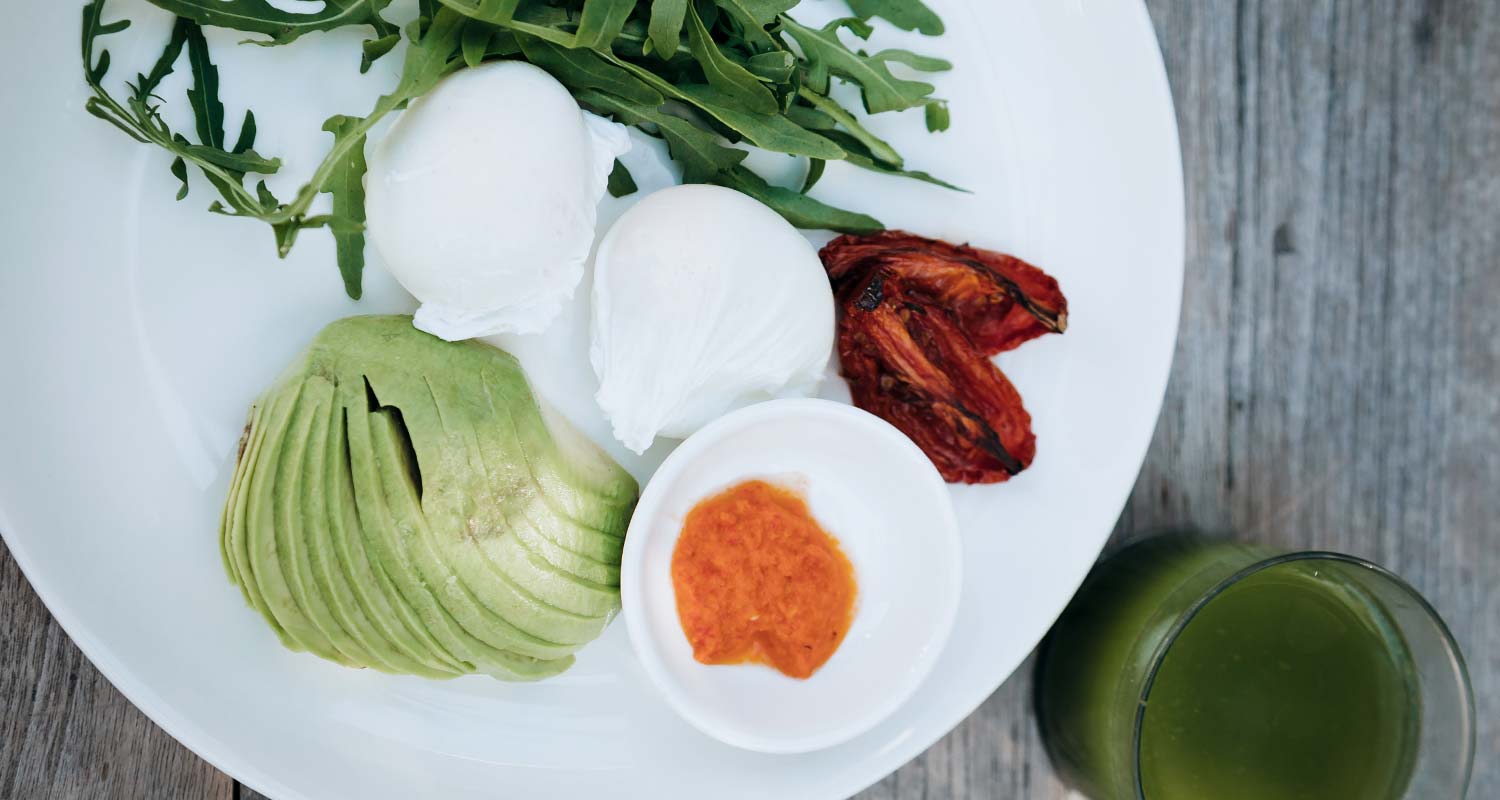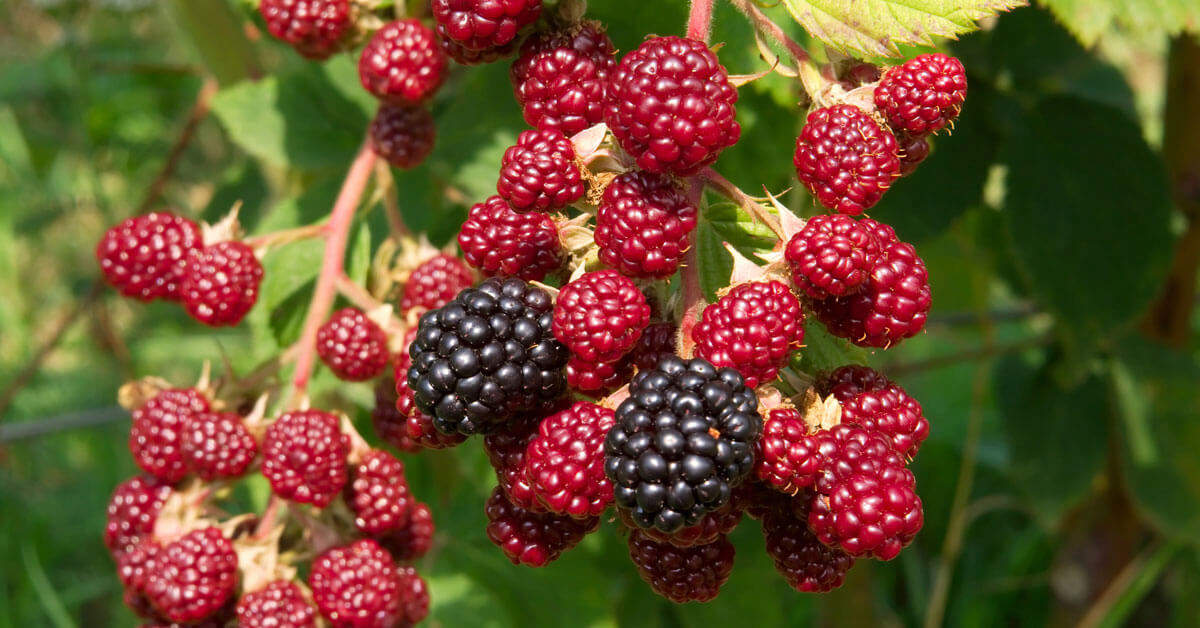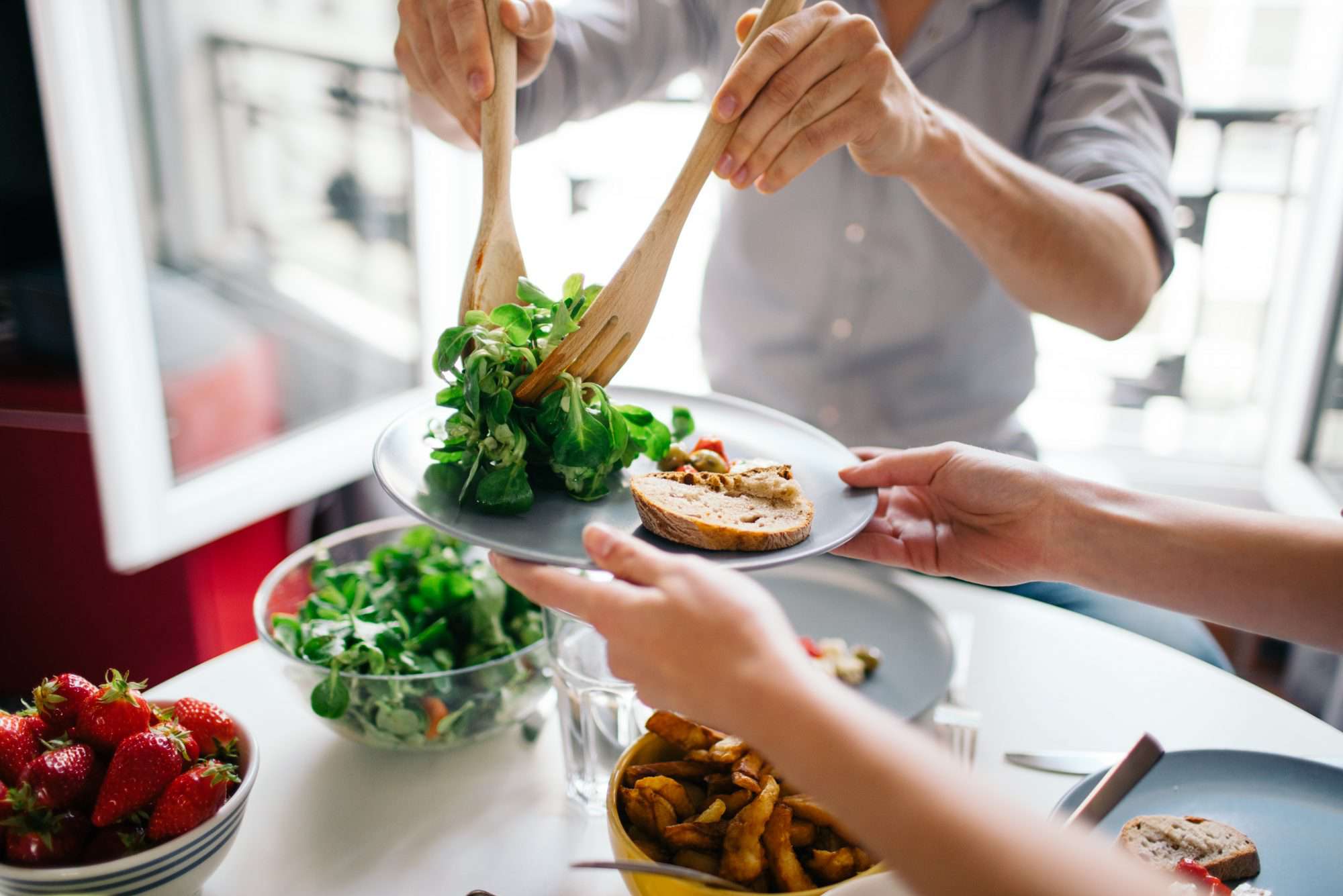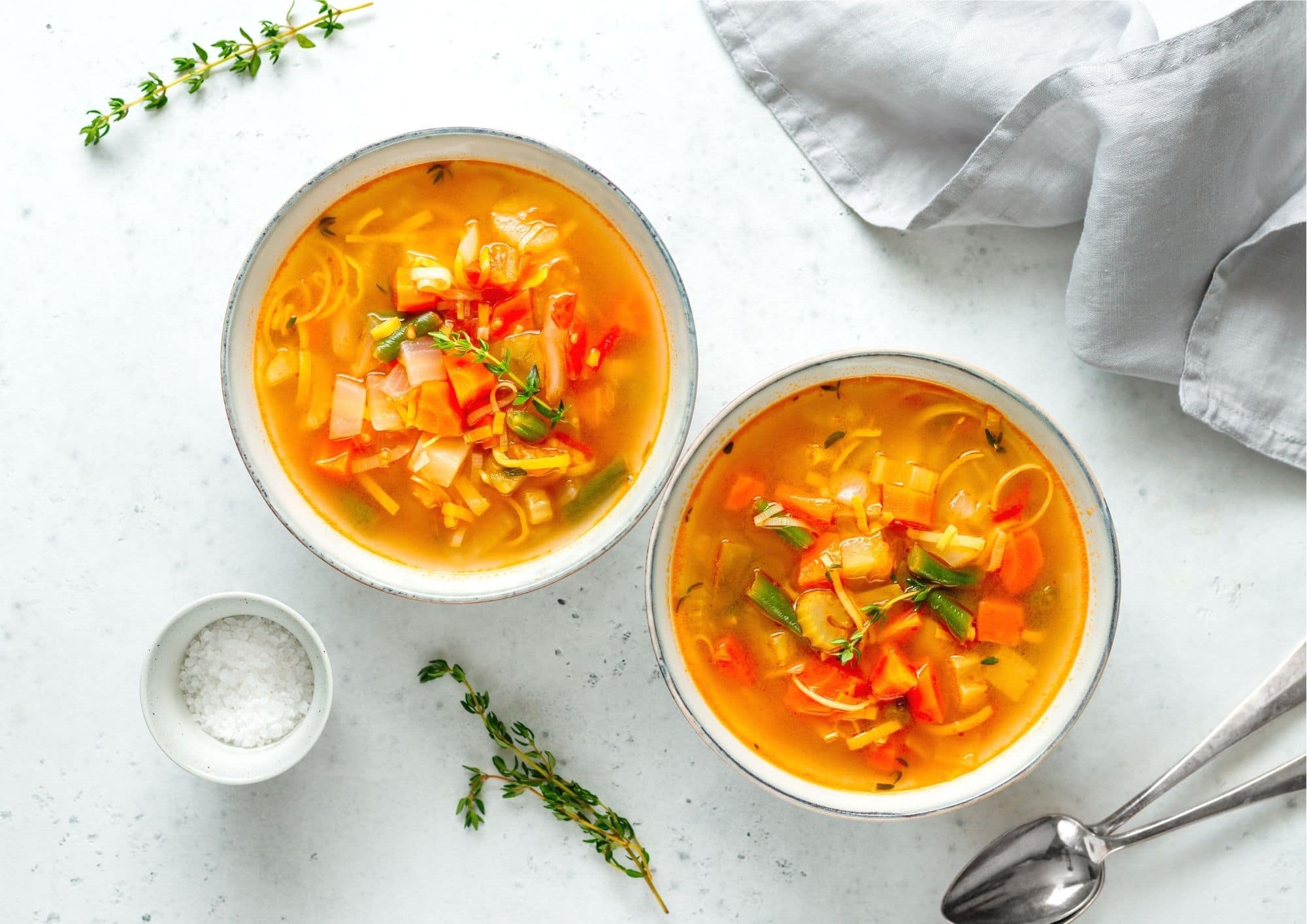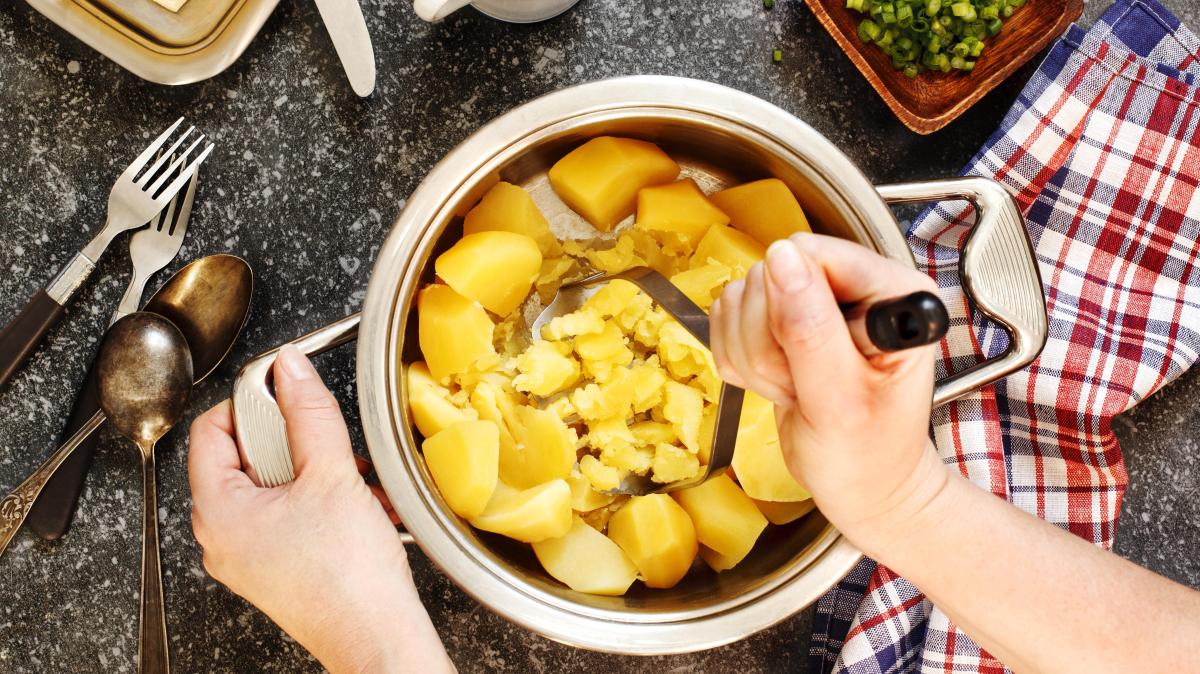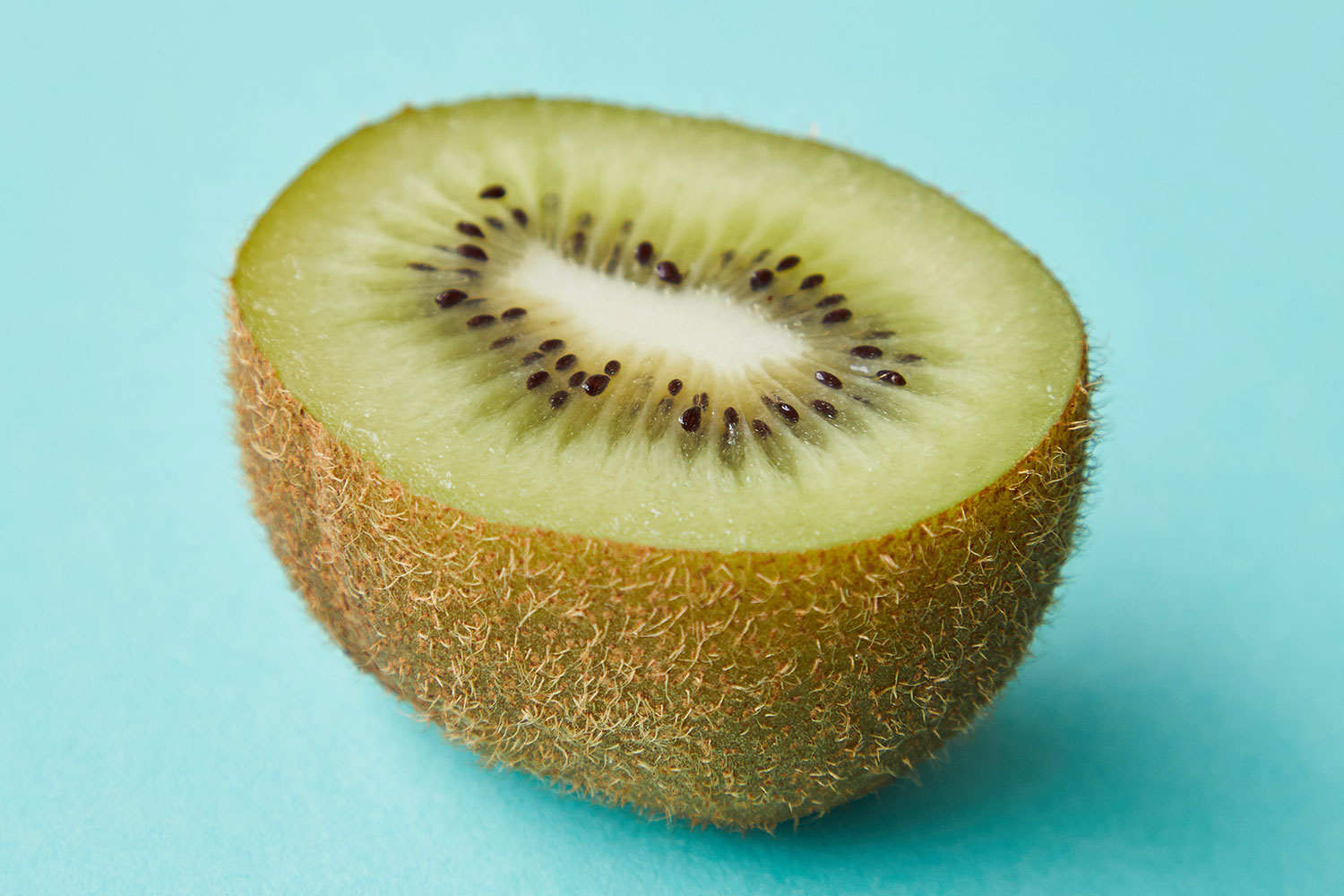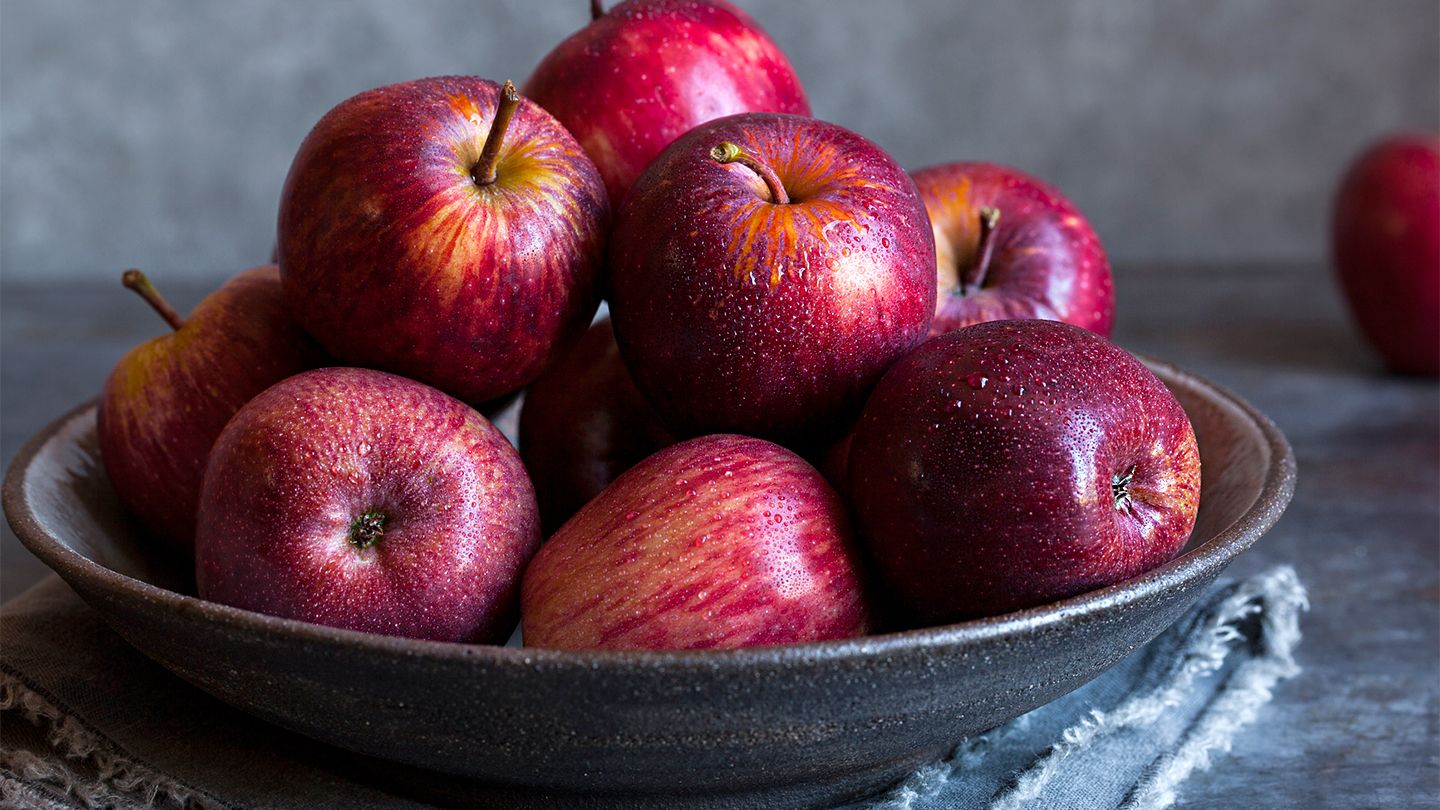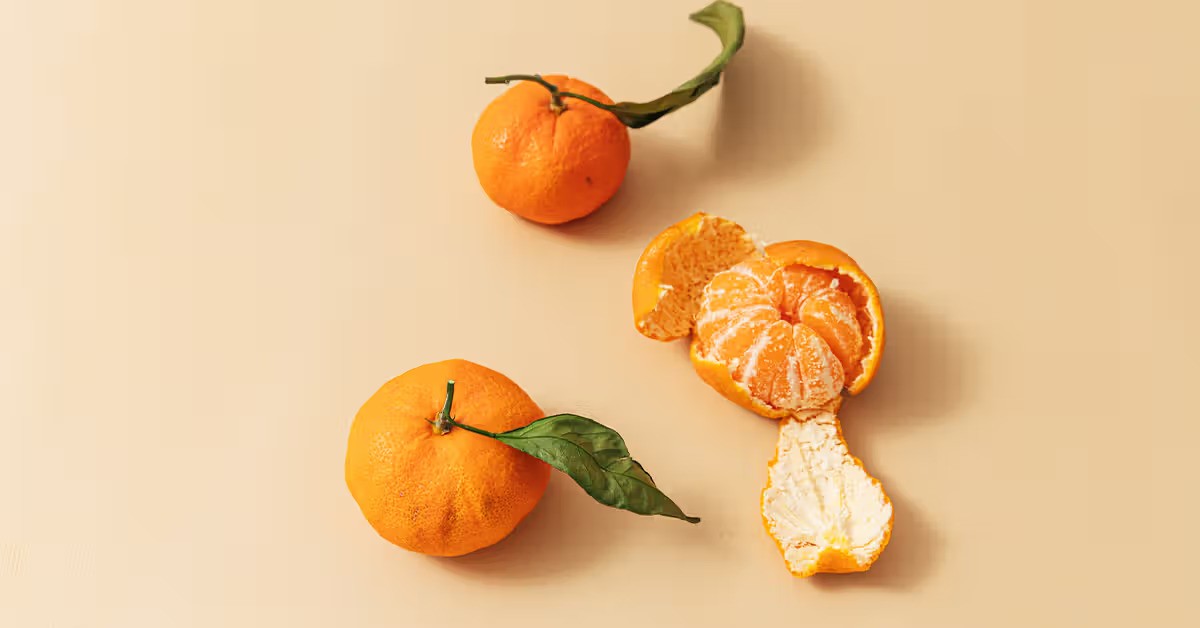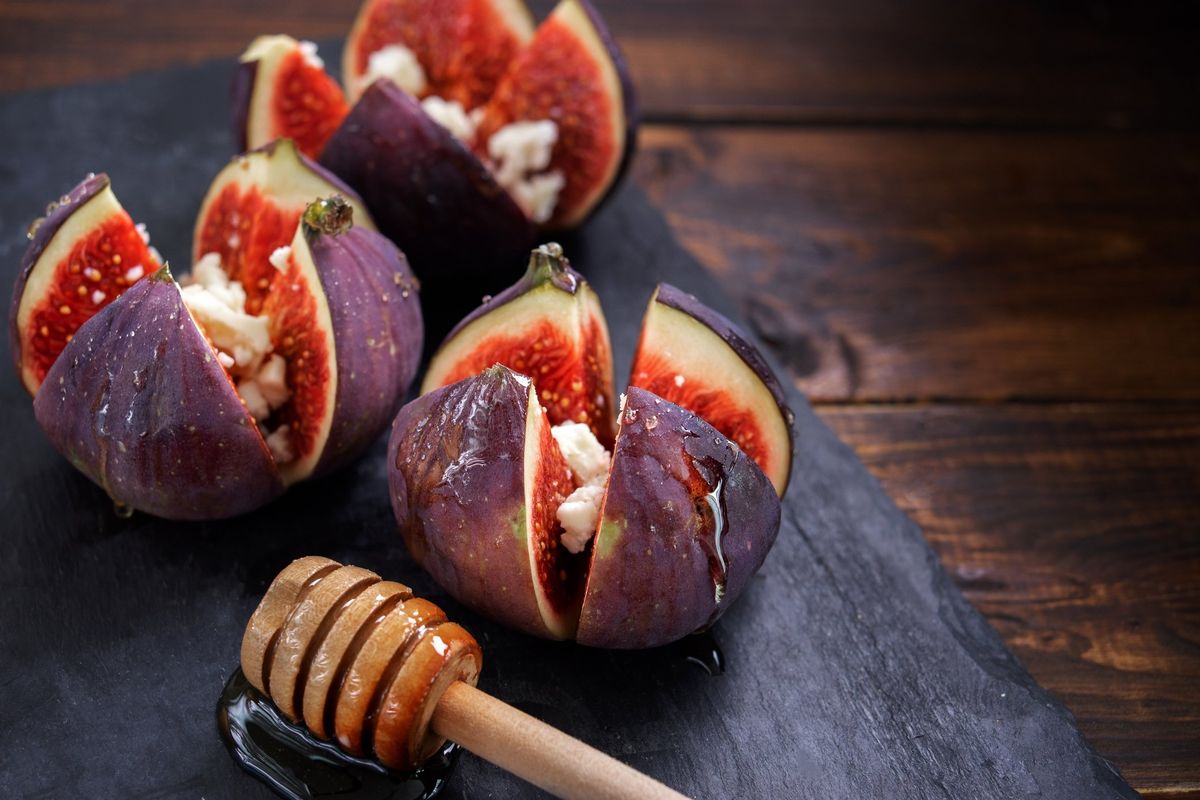Why Fiber is Important
Fiber is an essential nutrient that is often overlooked in our diets. It plays a crucial role in maintaining a healthy digestive system and can help prevent a variety of health issues, including constipation, heart disease, and diabetes. Despite its importance, many people do not consume enough fiber in their daily diet.
How Much Fiber Do You Need?
The recommended daily intake of fiber is 25 grams for women and 38 grams for men. However, studies have shown that most people only consume about half of that amount on a daily basis. It’s important to be mindful of your fiber intake and make an effort to incorporate more fiber-rich foods into your meals.
Ways to Increase Your Fiber Intake
There are several simple and delicious ways to incorporate more fiber into your diet. Here are some tips to help you eat more fiber:
- Choose Whole Grains: Opt for whole grain bread, pasta, and rice instead of their refined counterparts. Whole grains are rich in fiber and can easily be swapped into your favorite recipes.
- Eat Plenty of Fruits and Vegetables: Fruits and vegetables are excellent sources of fiber. Be sure to include a variety of colorful produce in your meals to ensure you’re getting a good mix of nutrients and fiber.
- Snack on Nuts and Seeds: Nuts and seeds are not only packed with healthy fats and protein, but they also contain a good amount of fiber. Enjoy a handful of almonds, walnuts, or pumpkin seeds as a satisfying and fiber-rich snack.
- Include Legumes in Your Meals: Beans, lentils, and chickpeas are all excellent sources of fiber and can be easily added to soups, salads, and stews for a boost of nutrition.
- Choose High-Fiber Breakfast Options: Start your day off right with a high-fiber breakfast. Oatmeal, chia seed pudding, and whole grain cereals are all great choices to kickstart your fiber intake in the morning.
Benefits of a High-Fiber Diet
Incorporating more fiber into your diet can have a wide range of health benefits. Some of the key advantages of a high-fiber diet include:
- Improved Digestive Health: Fiber helps to promote regular bowel movements and can prevent constipation.
- Lowered Risk of Heart Disease: A high-fiber diet has been linked to a reduced risk of heart disease and stroke.
- Stabilized Blood Sugar Levels: Fiber can help regulate blood sugar levels, making it beneficial for individuals with diabetes.
- Weight Management: High-fiber foods are often more filling, which can help with weight management and appetite control.
Final Thoughts
Increasing your fiber intake doesn’t have to be complicated. By making small changes to your diet and incorporating more fiber-rich foods, you can reap the numerous health benefits that come with a high-fiber diet. Remember to drink plenty of water as you increase your fiber intake to help aid in digestion. With a little planning and creativity, you can easily meet your daily fiber needs and improve your overall health.
Was this page helpful?
Miss Pickle 1971
At Miss Pickle 1971, we are passionately Mediterranean in origins and flavours. We are also proudly Australian, sourcing only the best local and ethical produce whenever possible. Like the real Miss Pickle, who emigrated to Melbourne in 1971, nothing gives us more pleasure than sharing our real food. Just as she was, we are stubborn about how our food is made, choosing to prepare everything fresh and using the time honoured cooking traditions found across the Mediterranean. The colours, aromas and textures of every bite will transport you onto the streets and into the kitchens of Athens, Beirut, Tel Aviv & Cyprus.
